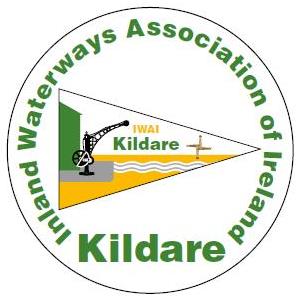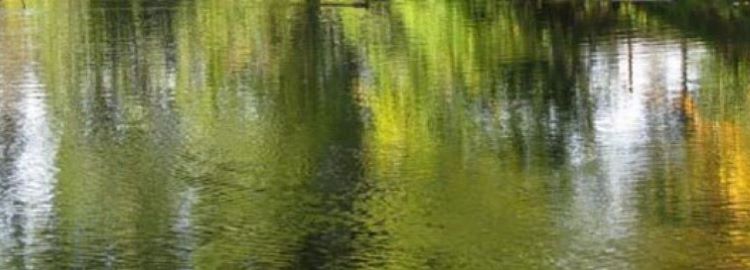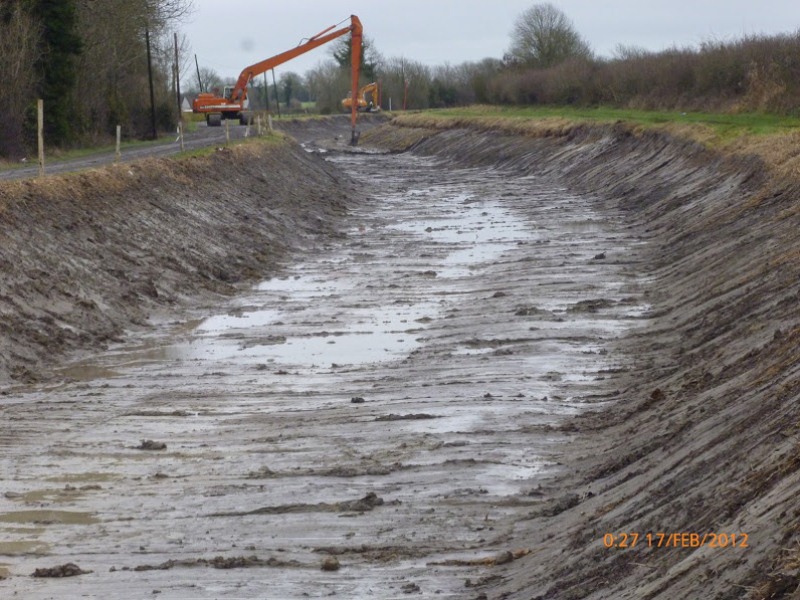The Grand, Naas & Corbally and Royal Canals in Kildare are under the remit of Waterways Ireland (WI), a cross-border organisation, formed to maintain the inland waterway navigations on the island of Ireland. Kildare’s 120 kilometres of Canal traverse Ireland’s Ancient East and attract activity tourists from home and abroad.
Current Funding
Waterways Ireland obtains its Current Funding from both jurisdictions, 85% from the ROI’s Department of Housing, Local Government and Heritage (DHLGH) as of 2020, and 15% from the Department for Infrastructure (DfI) in NI.
Unfortunately, the annual Recurring Maintenance Funding made available to Waterways Ireland to preserve the navigations on the Irish inland waterways has in real terms been reduced every year since 2011, making the annual amount given in 2019 the lowest it has been since 2002. [Source: Waterways Ireland Annual Reports 2009 to 2019 and Nav-Watch Report 2020] This incurs some difficult decisions by ground staff, where resources are spread thin and regular maintenance where required, does not take place. With not enough money to do everything, the result on the Grand Canal, Royal Canal, Naas Corbally Canals, and the Barrow Navigation is a silted navigation, full of weed in the summer months.
Capital Funding/Major Projects
Waterways Ireland also receive some Capital Funding from the DHLGH and DfI for specific navigation work and equipment. At the end of 2017, the then DCHG provided an extra €2.77m that was used for critical repairs to structures along the Grand and Royal canals and the purchase of two new Weedcutters, commissioned in March 2019. Kildare waterways have benefited from Capital Funds through organisations outside their immediate sponsors. In 2012, the Inland Fisheries of Ireland (IFI) eradicated the invasive plant, New Zealand pigmyweed (Crassula helmsii), from a stretch near Lullymore on the Grand.
There are also initiatives outside of the navigations, where EU and Government funding is being disbursed through various Departments, Bord Failte and the County Councils, to create Blueways and Greenways. The Greenway to Richmond Harbour on the Royal was opened in 2021 and has proved to be a great success. The Barrow Blueway from Robertstown to Athy is being financed through the Rural Regeneration and Development Fund. These initiatives are opening up the natural and industrial heritage of these corridors to thousands of cyclists and walkers, tourists and locals, and is bringing additional business opportunities and income into rural communities. In the not too distant future, we look forward to the Greenway system being extended from Sallins to Naas and to Corbally Harbour, with a link to Athgarvan, Kilcullen and Newbridge.
Essential Maintenance
As well as money for WI staff, admin, pensions and overheads, Maintenance Funds are used to carry out regular upkeep of the navigation; repairs to the canal channel, its banks and its built structures. The Grand and the Royal canals, now over 220 years old, require the expertise of skilled workers to keep both the heritage structures and the new structures, in good condition.
To allow Anglers and Boaters (many of whom are staycationers) to pursue their recreational activities and to protect the canal and its wildlife, the Navigation has to be kept clear of rubbish. Unfortunately, in both rural and urban areas, if litter can be moved by the wind it will end up in the canal, where it lies until caught up in a fishing line, around a boat propellor or in or around aquatic wildlife. The regular removal of all sorts of litter – black and white plastic wrapping, large and small plastic containers, rope and packaging tape, the occasional dumped unwanted items, and all sorts of other stuff – requires regular clearing by Waterways Ireland staff to keep the canal at a depth of at least 1.5m (5 ft).
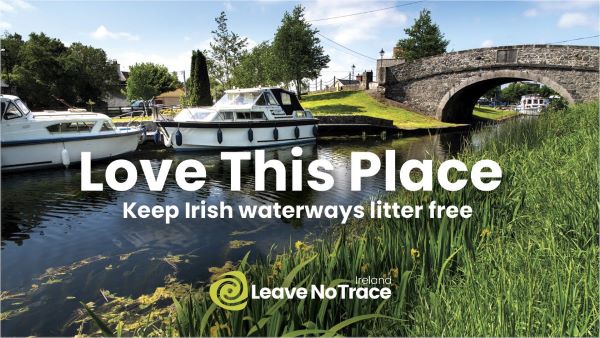
To keep the verges, paths and margins accessible, tree and shrub cutting takes place in winter and grass cutting throughout the warm months. Pump outs, public toilets, showers and water points are serviced throughout the system; in Kildare these are located at Lowtown, Kilcock and Sallins. These facilities also require regular maintenance and repairs if they do go wrong. Repairing the banks and keeping the linear bank opposite the Greenway, at a suitable height and level with no dips, is required to keep the water in the channel and prevent flooding of adjacent land.
Maintaining a supply of water to each level has been a huge challenge in recent years, due to demands on the water supply from other sources, drought conditions and the blockage of the canals and their feeders by the build up of silt and the rampant growth of aquatic plants. The culverts crossing the canals, some 220 years old, require repair and maintenance in order to ensure water stays in the canal. There is also the challenge of aquatic invasive weed, which has found a new home on some of Ireland’s inland navigations and is preventing the movement of boats during the summer months and presenting difficulties for anglers.
As a cost cutting exercise in recent times, reeds have been allowed to grow into the channel on each side of the canal, leaving in some cases less than 3.5 metres in the centre. Besides damaging boats, this prevents a boat propeller from getting enough water to go forward, leaves no room for boats to pass each other, gives no access to shore for boat crews and prevents anglers from fishing in these stretches.
To preserve the Navigation clear of debris and weed and to maintain water levels, requires daily upkeep and vigilance, the expertise of Waterways Ireland staff and funds to employ ground staff.
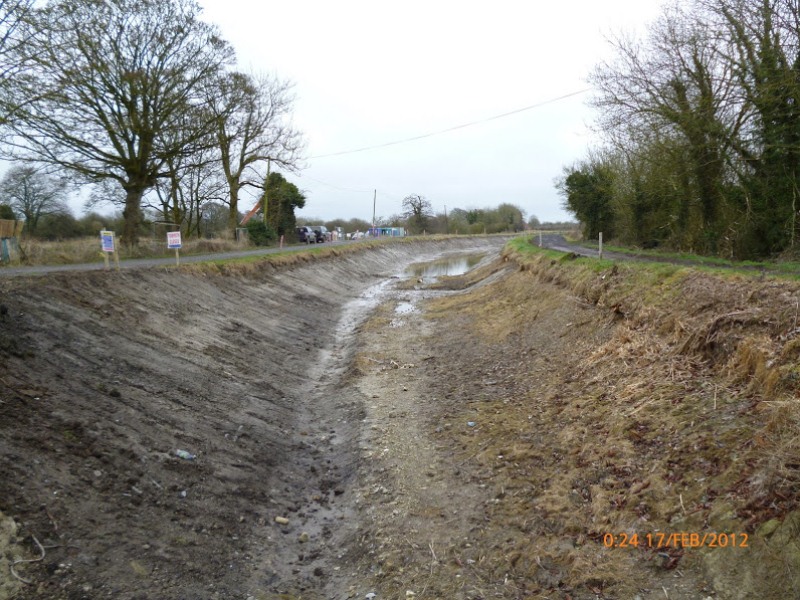
Grand Canal near Lullymore removal of New Zealand pigmyweed (Crassula helmsii) work in process © P Keogh
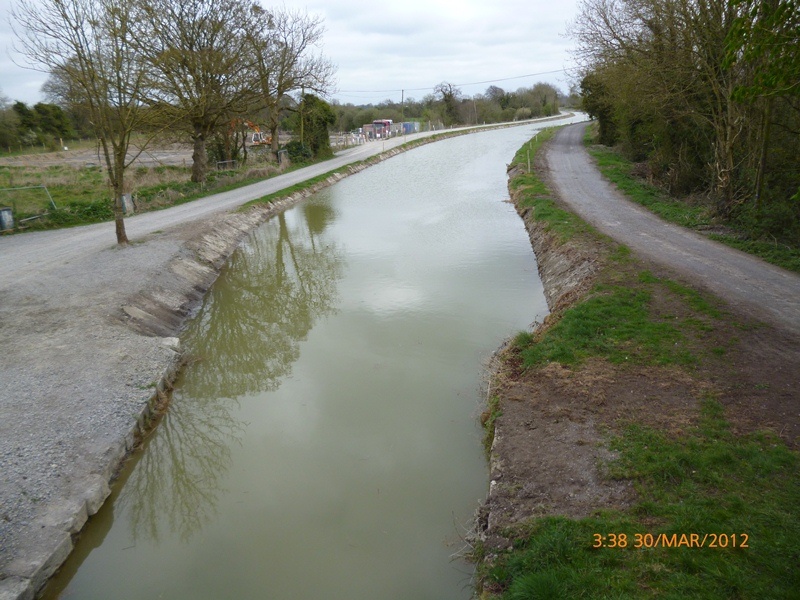
Grand Canal near Lullmore 2012 re-watered © P Keogh
Notes:
1. The Canal Corridor
The canal corridor is the area of land in ownership of Waterways Ireland. It consists of the navigation/water channel, its banks, the locks and masonry features (examples: bridges, culverts, harbours), landing jetties and furniture (mooring posts, wooden jetties, bollards and lighting).
Also included in the corridor are the towpaths and the margins up to adjacent property boundaries (examples: hedgerows, fences and walls) and associated buildings (examples: lockkeepers houses and storage units).
2. River Barrow Navigation
Joining the Grand Canal south of Athy is the River Barrow, a canalised river. The navigation channel on the river was dug out along one side over two hundred years ago. Waterways Ireland are responsible for the maintenance of this navigation channel and the canal cuts which bypass the weirs and lead to the locks. The towpaths, hedges, locks and built infrastructure of the navigation are also the responsibility of Waterways Ireland.
The other bank of the river is owned by local landowners. Looking after the river itself, its weirs, the far banks and the islands that spring up and spread along the river are outside of the remit of Waterways Ireland.

Water levels Royal summit – Summer 2018 © D Baker
